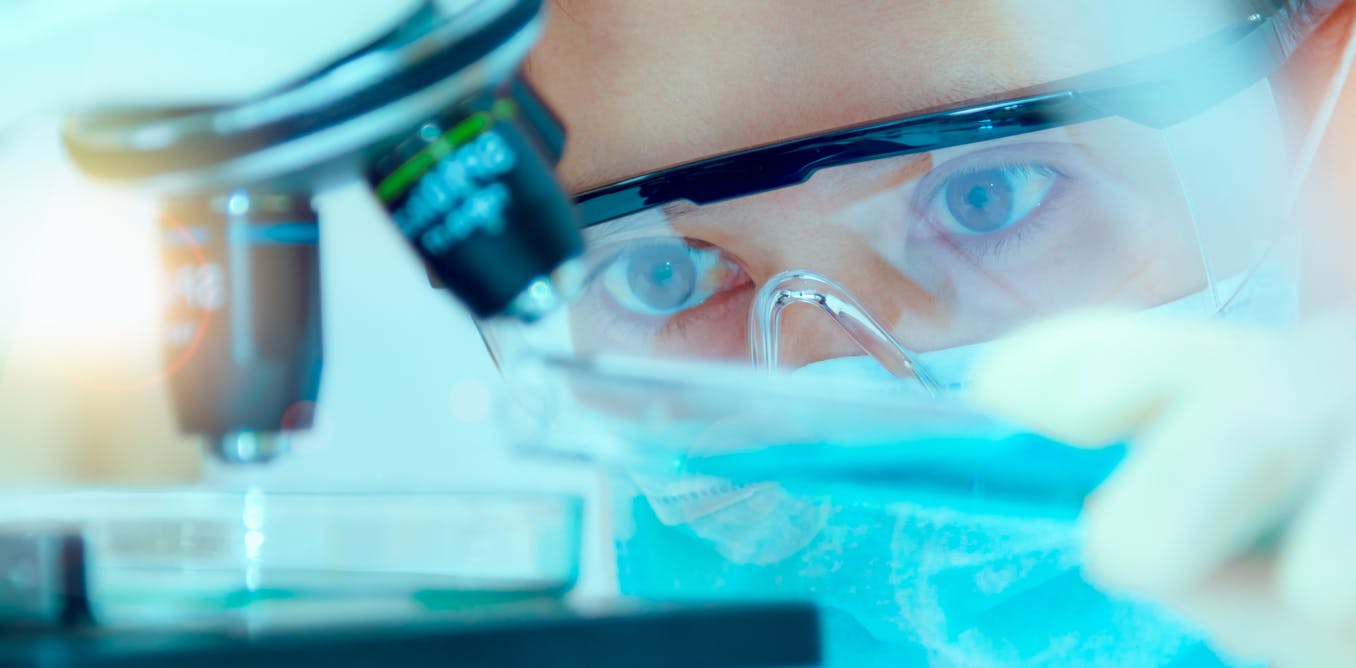Nanomaterials are changing our world, and we still do not have procedures for testing them for safety.
- Transfer

The nanotechnology industry in recent years may be more often discussed. There are projections that globally this sector will have a volume of $ 173.95 billion by 2025 , and it already brings some benefits to the sustainable development, health and welfare of society.
Nanomaterials, as the name suggests, are extremely small — less than a millionth of a meter. They have unique physical and chemical properties that improve their capabilities such as responsiveness, strength, electrical characteristics, and functionality. Thanks to these advantages, nanomaterials are built into various consumer products.. Industries such as the automotive, computer, electronic, cosmetic, sports, and healthcare industries benefit from nanotech innovation. There are also new areas of knowledge, for example, nanomedicine, which seeks to dramatically improve our ability to treat diseases.
But, no matter how great it sounds, with every innovation we must take care to consider its impact on the environment and human health. And it's not easy to do. Although standard hazard assessment methods exist for a wide range of things — for example, chemical compounds — the unique properties of nanomaterials do not allow them to be evaluated in exactly the same way.
Environmental and Human Health
Nanomaterials are already penetrating our environment, albeit in small quantities. They are found in wastewater because of products such as toothpaste , sunscreen , or socks with nano-silver (preventing unpleasant odor) that are washed in machines. Some environmental safety studies conducted over short periods of time show that many nanomaterials adsorb (form a thin film) on the surface of the epidermis of organisms such as algae and cladocera. Also, these materials are distributed to the digestive systems and other organs of small creatures.
It is vital to correctly understand the potential adverse effects of nanomaterials until their widespread distribution occurs. Currently, the long-term effects of nanomaterials entering the environment have not been studied. We do not know how nanomaterials will affect the food chain. For example, they can affect the amount of food, the behavior and survival of various species.
We also know little about how nanomaterials can affect people in small doses over long periods of time. The most important ways of contact are lungs, the digestive system and the skin. Nanomaterials are embedded in food and packaging , they can be inhaled or swallowed by workers in production. Tests have shown that, once in the body, nanomaterials remain in the liver , but we do not know what risks they may pose in the long term.
The existing procedures for testing the safety of substances for human lungs, digestion and skin that do not use animals are overly simplified. For example, to determine the biological effect of inhalation of nanomaterials, scientists grow a single lung cell system in a laboratory and expose it to nanomaterials suspended in a liquid. However, more than 40 different cell types are found in the human lung. Such tests are not able to accurately predict the potential harm associated with exposure to nanomaterials, and do not simulate exactly the complexity of the human body or the way we deal with nanomaterials.
Next generation
The world has already faced problems brought by innovation. Given the experience of the world with asbestos (although it has been used for thousands of years, the fact that it has been a source of disease, it became known only in the 20th century), with the controversial development of genetically modified food , the sensational microplastics crisis , it is crucial that developments in nanotechnology did not lead to similar health crises.
Our team of researchers is working to improve the testing of nanotechnologies in the framework of the PATROLS project funded by the Horizon 2020 program."We bring together leading experts on nano-safety, ecotoxicology, tissue creation and computational modeling from around the world to take advantage of global best practices and take action on today's limitations of testing.
We are already using advanced science to develop new models of lung tissue, intestines and to assess the safety of nanomaterials. We are working on new safety assessment methods for environmental test systems and organisms (including algae, treasure CER and zebrafish), selected according to their position in the food chain. A new generation of tests designed to reduce dependence on animal testing and promotes responsible development of nanotechnology industry.
In addition, we are working on a way to predict the safety of nanomaterials for people and the environment based on computational models. This will make it possible to evaluate new nanomaterials using a computer database as a primary security check, before subsequent tests are performed.
By improving the quality of non-animal testing of nanotechnology, we can help protect consumers, workers, and the environment from any health and safety risks that they could potentially pose. Nanotechnology is already demonstrating opportunities to improve our lives, and by improving our security awareness, we can more confidently enjoy the benefits offered by this new technology.
